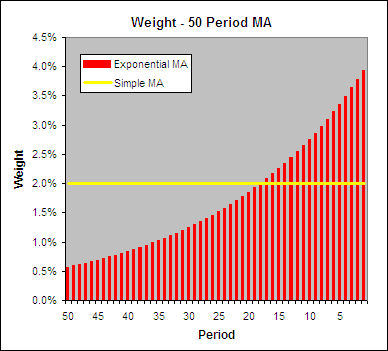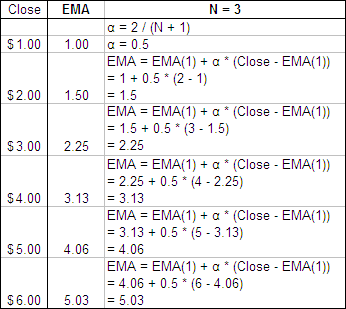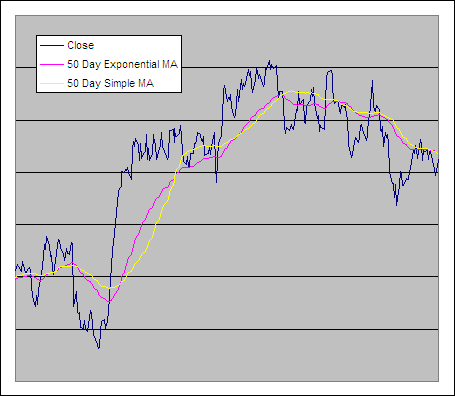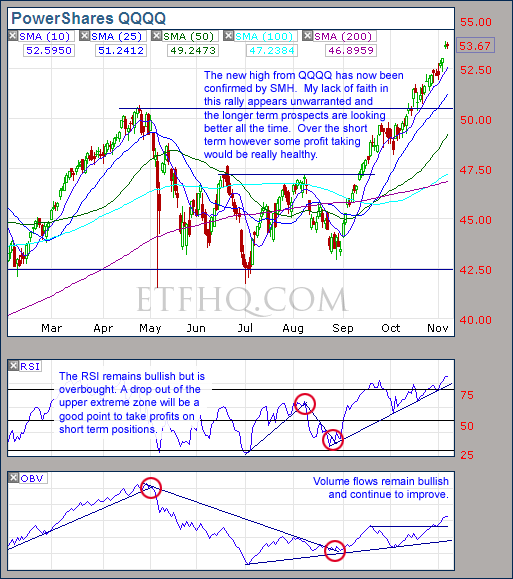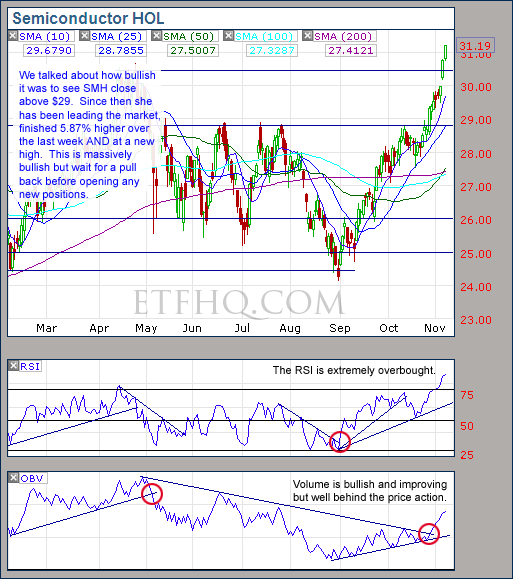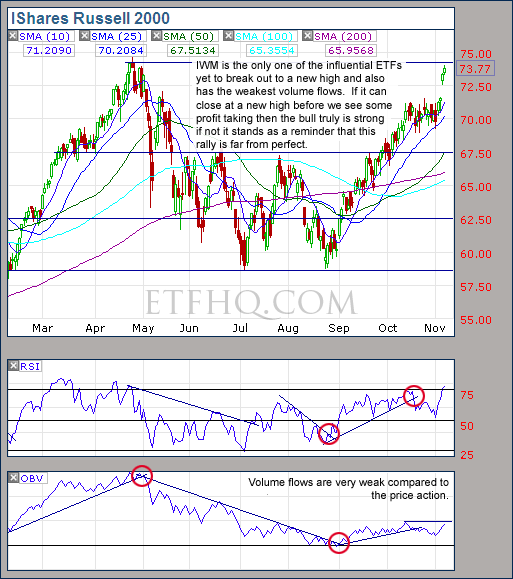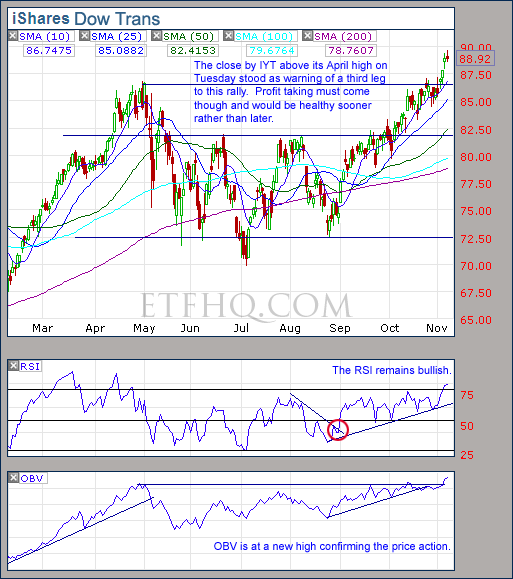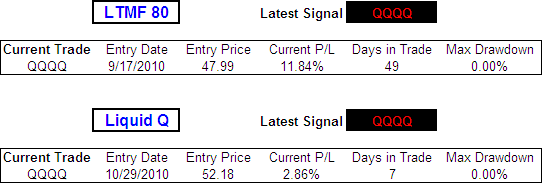December 06, 2010 – 05:15 am EST
It was an exceptional week for the market with massive advances made across the board. Our long positions were a lot of fun (our largest short in EWJ was not). Last week we said that if IWM and IYT can break through to new highs then there is still plenty of life left in this bull run. New highs are exactly what we saw and apart from a continued theme of light volume from some areas there is little bad that can be said.
.
****Thanks to all those who referred people to this newsletter over the last week. The more readers we have the more services we can provide you.
.
ETF % Change Comparison
.

New highs for everyone but DIA with the biggest advances coming from IYT and SMH. Only bullish signs here.
.
Learn more – ETF % Change Comparison
.
![]()
.
A Look at the Charts
.

Further advances are likely, the only concern is the continued lack of volume.
.
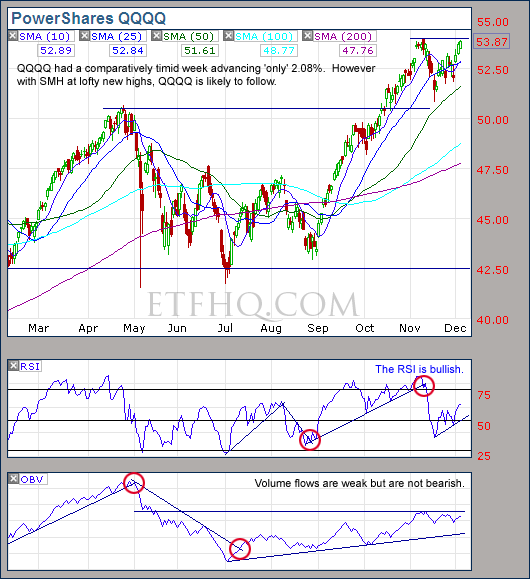
Where SMH leads, QQQQ will follow. Now please, some volume!
.
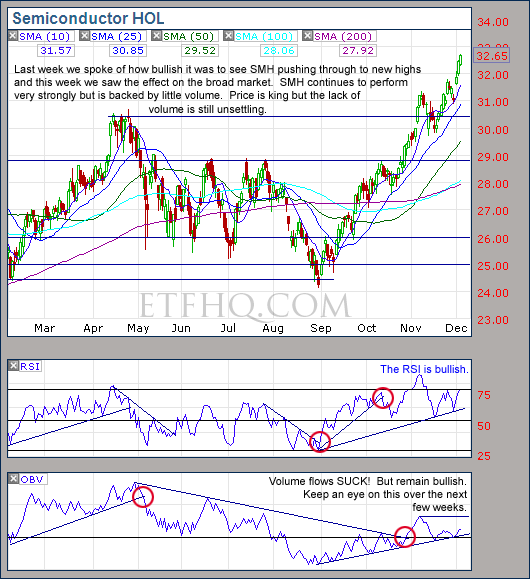
The price action from SMH is exceptional and an indication of the strength of this bull. Still, volume is a concern.
.
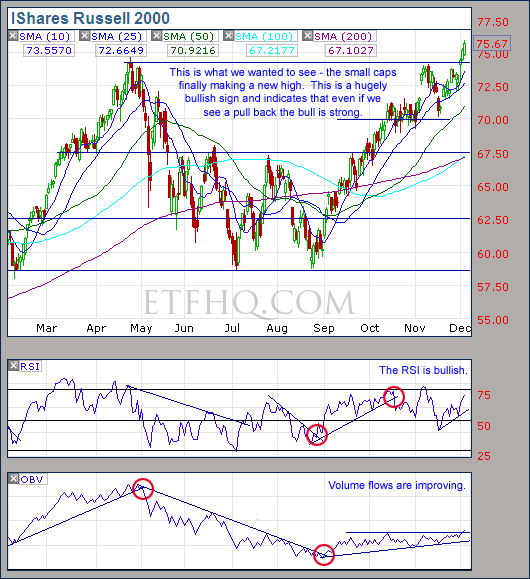
We said last week it was time for IWM to make a new high and it is very positive to see the small caps leading again.
.
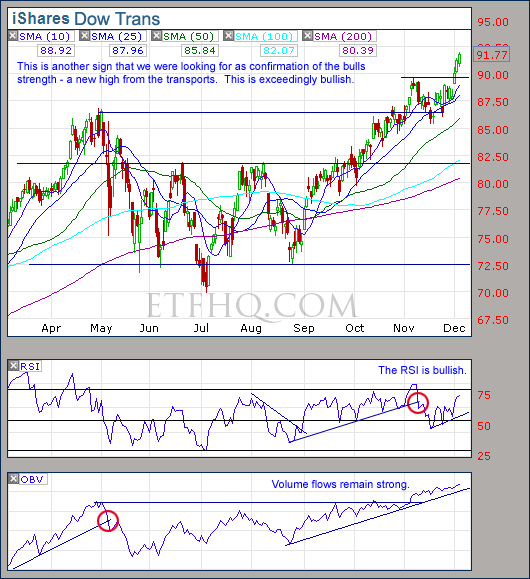
Transports at a new high backed by volume = healthy market.
.
![]()
.
OM3 Weekly Indicator
.

14 weeks on a strong buy is statistically very rare but is has also been very profitable.
Learn more – The OM3 Indicator
.
![]()
.
TransDow & NasDow
.

Both the Transports and the NASDAQ remain dominant over the Dow which is a positive sign. The position in the Transports is now showing a profit of 9.52%.
.
What the TransDow Readings tell us:
The TransDow measures dominance between the DJ Transportation Index (DJTI) and the Dow Jones Industrial Average (DJIA). In a strong market the more economically sensitive Transportation Index should be dominant over the DJIA.
Historically the DJTI has been dominant over the Dow 45% of the time. The annualized rate of return from the DJTI during this period was 18.47% with the biggest loss for one trade sitting at -13.27%. The annualized return from the DJIA during the periods it was dominant over the DJTI was just 4.06% and the biggest loss for one trade was -16.13%. A 4% stop-loss is applied to all trades adjusting positions only at the end of the week.
What the NasDow Readings tell us:
The NasDow measures dominance between the NASDAQ and the DJIA. Using the same theory behind the Trans Dow; in a strong market the more economically sensitive NASDAQ should be dominant over the DJIA.
Historically the NASDAQ has been dominant over the DJIA 44% of the time. Taking only the trades when the NASDAQ is above its 40 week moving average the annualized rate of return was 25.47% with the biggest loss for one trade sitting at –8.59%. The annualized rate on the DJIA during the periods it was dominant over the NASDAQ is just 8.88% and the biggest loss for one trade was –12.28%. A 8% stop-loss is applied to all trades adjusting positions only at the end of the week.
.
![]()
.
LTMF 80 & Liquid Q
.

LTMF 80 continues to have an active position in QQQQ and is showing a profit of 12.25%. Liquid Q remains in CASH.
.
Historical Stats:
.

.
How The LTMF 80 Works
LTMF stands for Long Term Market Forecaster. It reads volume flows relative to price action and looks for out performance of volume measured on a percentage basis over the prior 12 months. During a sustained rally the readings will reach high levels (near 100%) making it imposable for the volume reading to always outperform price so any reading above 80% will maintain the buy signal. This system has outperformed the market over the last 10 years but performance has been damaged by some nasty losses. It only produces buy signals and only for QQQQ.
How Liquid Q Works
Liquid Q completely ignores price action and instead measures the relative flow of money between a selection of economically sensitive and comparatively stable ares of the market. It looks for times when the smart money is confident and and can be seen by through volume investing heavily is more risky areas due to an expectation of expansion. This system has outperformed the market over the last 10 years and remained in cash through most of the major declines. It only produces buy signals and only for QQQQ. We will provide more performance details on the web site for these systems soon.
.
![]()
.
Summary
We have complained about a lack of volume like a broken record for months now and this continues to be an issue. Other than that everything looks particularly bullish; the economically sensitive areas of the market are leading and they continue to find new highs. I expect Transportation to continue to be a leader as it is one area that has good volume to back up its price action.
Any disputes, questions, queries, comments or theories are most welcome in the comments section below.
.
Derry
And the Team @ ETF HQ
“Equipping you to win on Wall St so that you can reach your financial goals.”
.
![]()
.
Quote of the Day:
Don’t let the fear of striking out hold you back. – Babe Ruth

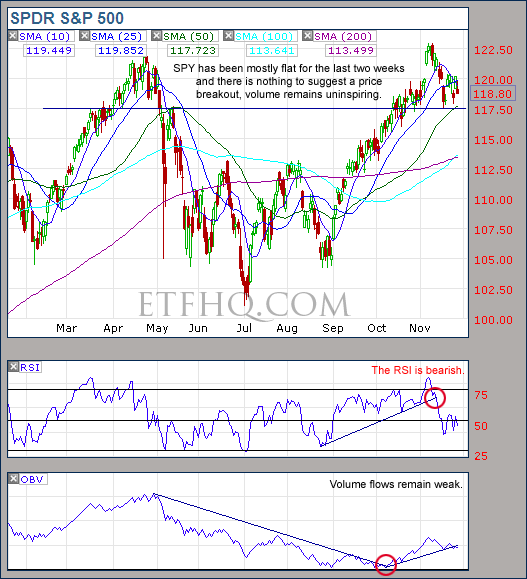

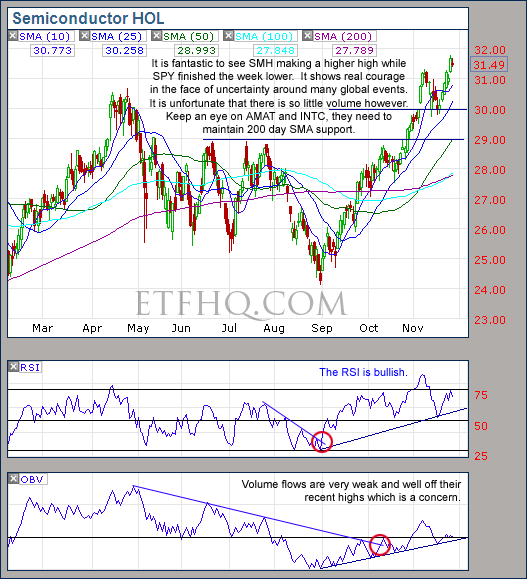
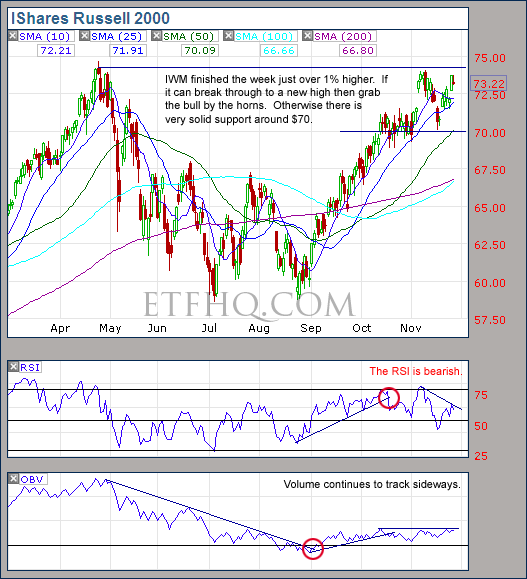
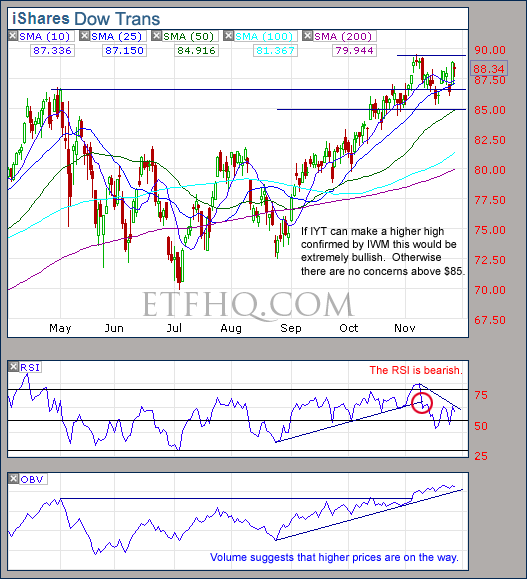



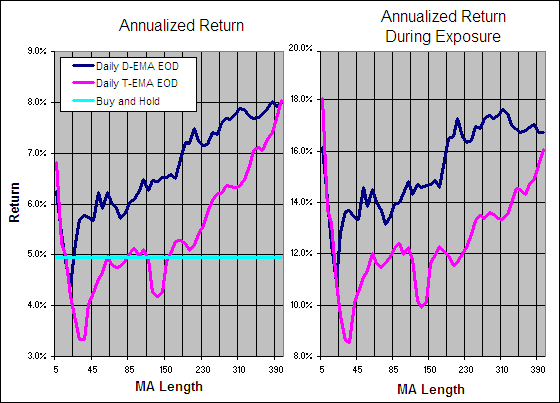

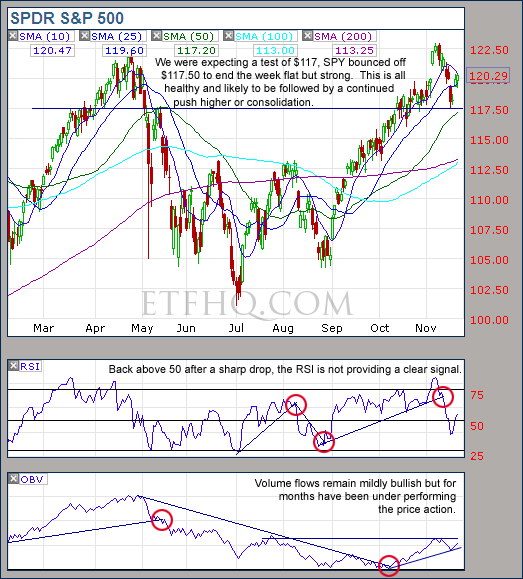
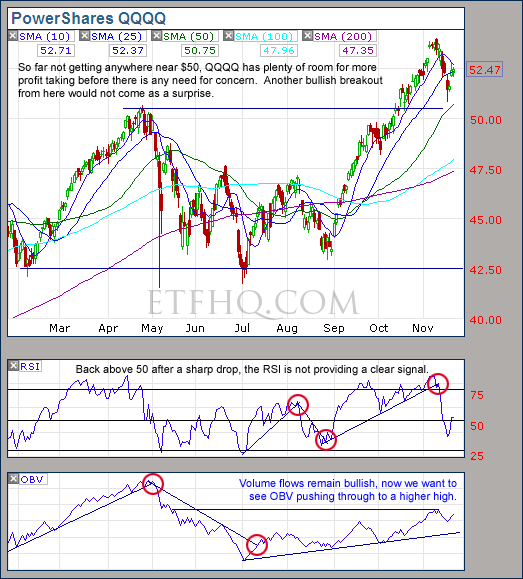
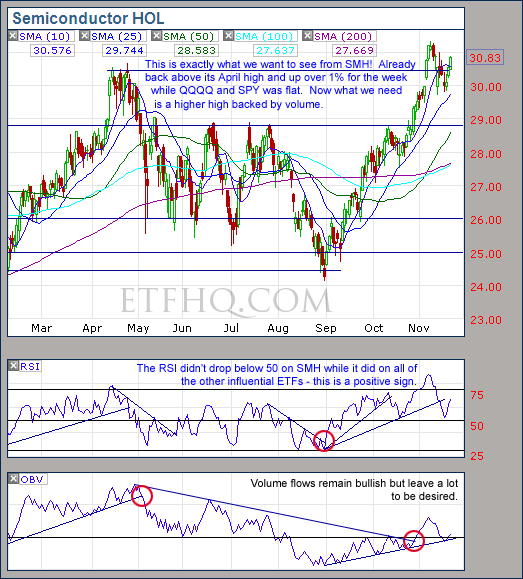

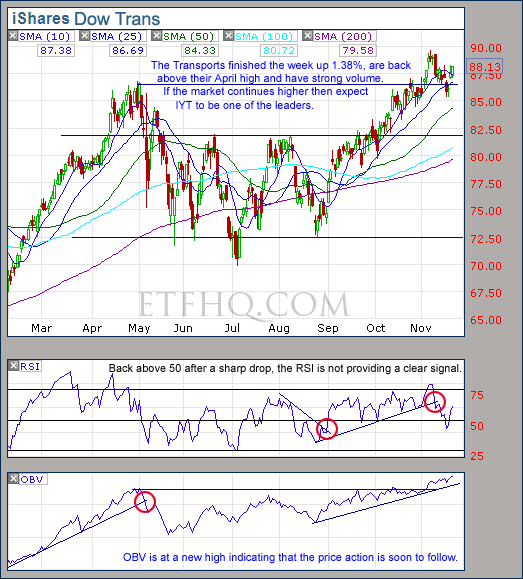


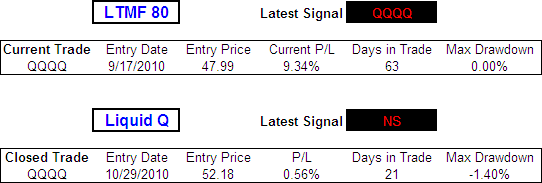
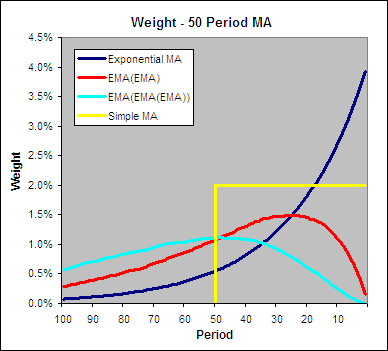
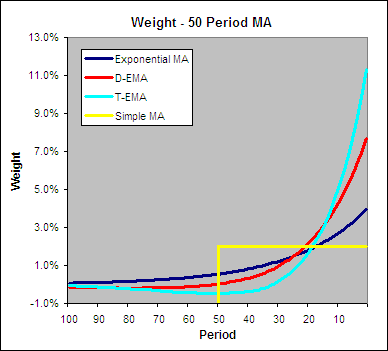
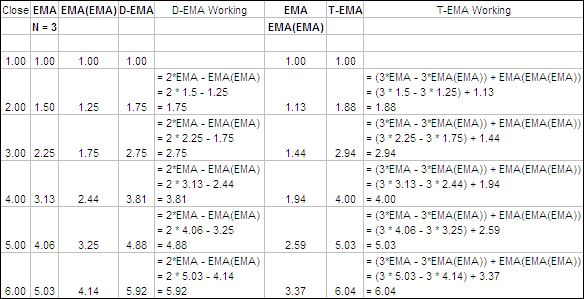



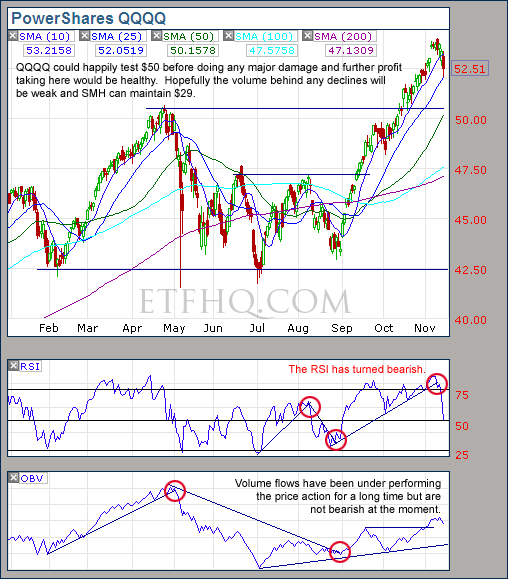
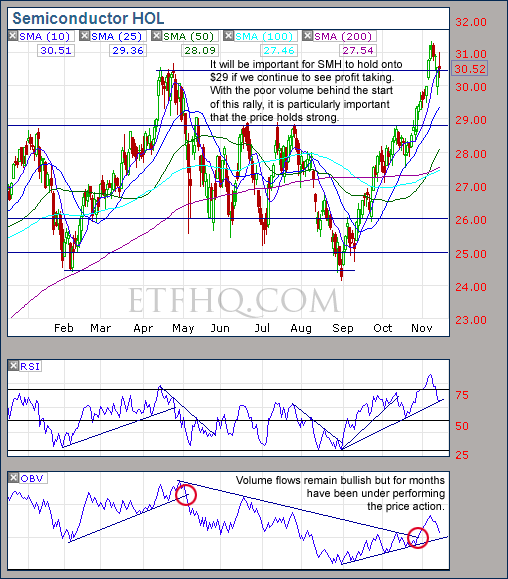
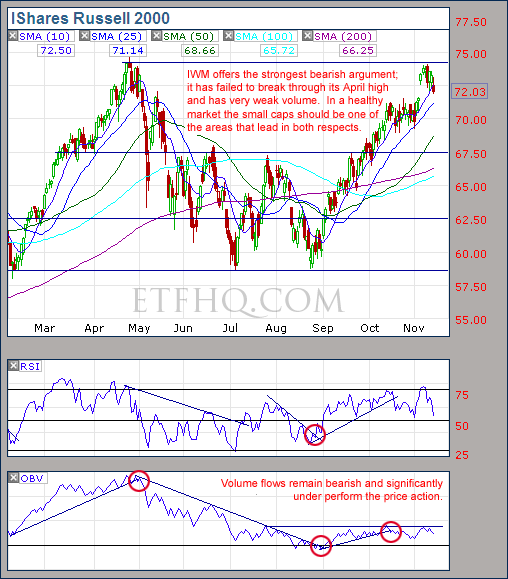
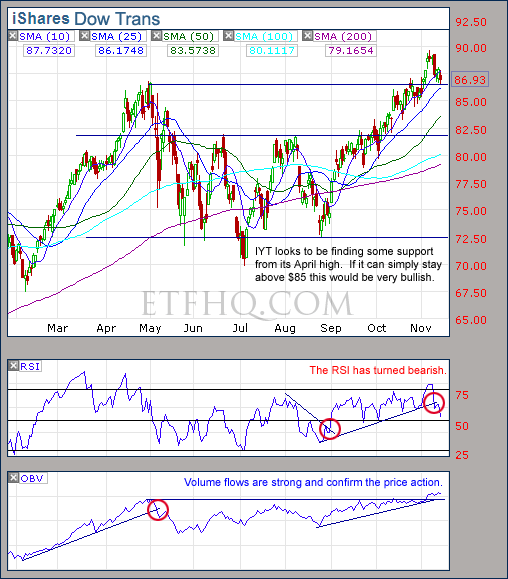


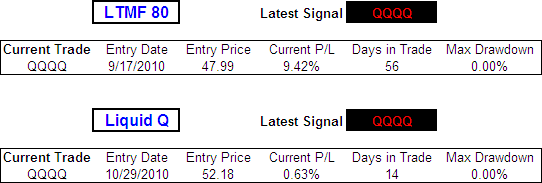
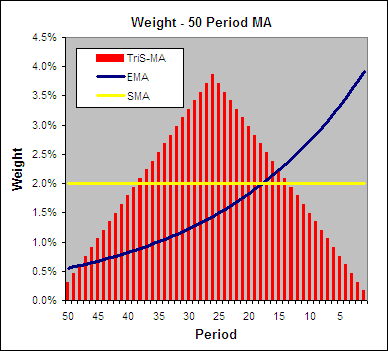
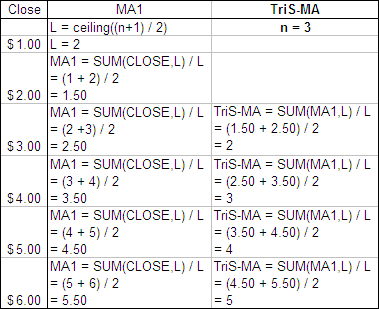
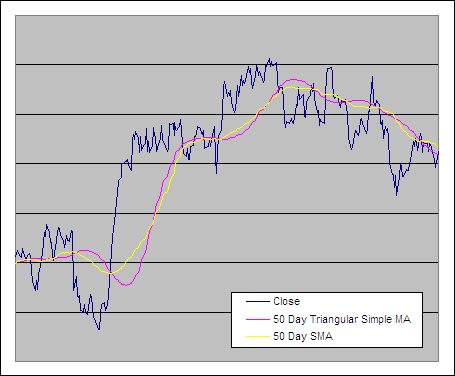

 .
.